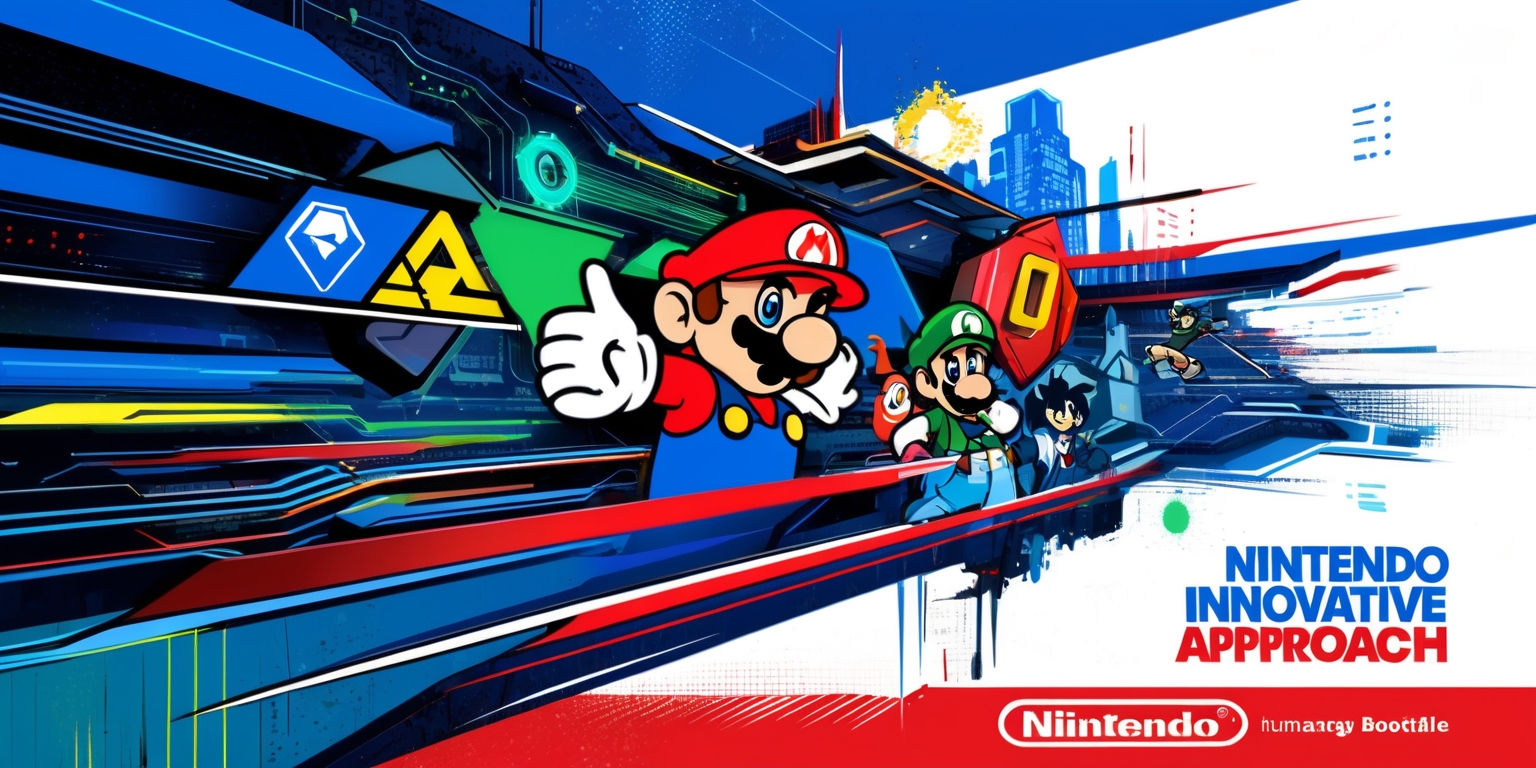Nintendo’s Innovative Approach: Maximizing Performance Through Efficiency and Unique Strategy
- Nov 13, 2025
- 0

The discussion begins with the anticipation that surrounds each new console release from the famous Japanese company, where excitement is often fueled by rumors of powerful hardware and ultra-realistic gaming experiences inspired by well-known franchises. However, the company consistently chooses a distinctive path rather than matching up with the industry's heavy hitters.
In a recent conversation with a prominent business publication, the former head of the American division of Nintendo expressed the belief that the company is not set up to engage in direct competition with its major rivals in the realm of blockbuster games. He explained that the strategy at Nintendo is rooted in its own unique approach rather than the pursuit of having the most advanced processing or graphics technology. Instead, the focus remains on ensuring that the console’s existing hardware, such as that found in the next iteration of its popular hybrid system, provides extensive capabilities through thoughtful integration and support for external developers.
The latest generation of this console offers a noticeable improvement over its predecessor, managing to handle demanding titles with commendable performance. Recent releases have shown that even games known for their technical requirements can perform impressively, creating visually thrilling experiences on the system.
Moreover, he praised Nintendo’s talent pool for their knack for unlocking peak performance from the available hardware. Notably, games that seem large in scale often come in with remarkably compact file sizes, demonstrating the exceptional efficiency of their design. This expertise in optimization is something Nintendo could potentially share with other developers, enabling third-party content to run successfully on the new console.
- Anticipation of advanced hardware is common before each launch.
- Nintendo’s approach emphasizes a unique strategy rather than direct competition.
- Improved performance is evident in recent, demanding game releases.
- Efficient game design allows for high-quality experiences with smaller file sizes.
- Collaboration with third-party developers might enhance content delivery on the system.
Readers are left to consider whether the advanced games for the new console can achieve the same prominence as those on traditional platforms, and if it is wise for Nintendo to guide external developers in optimizing their content for this system.